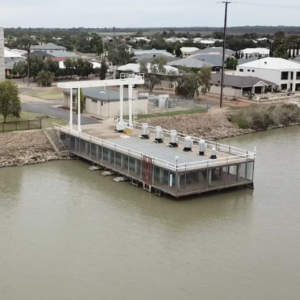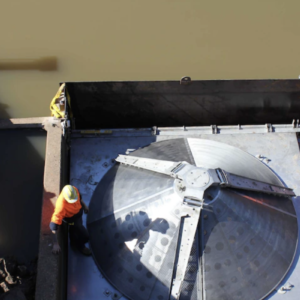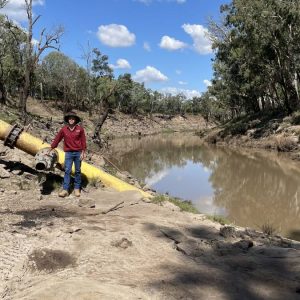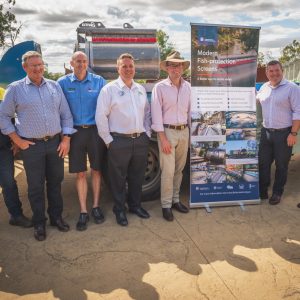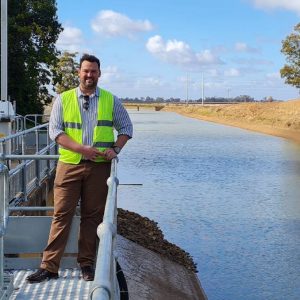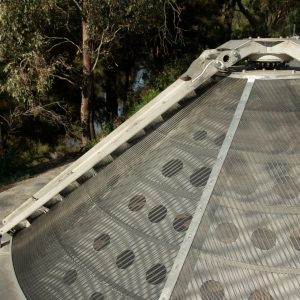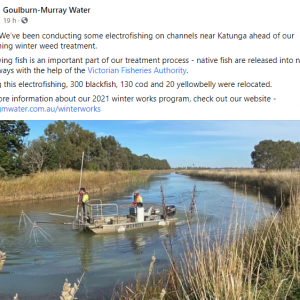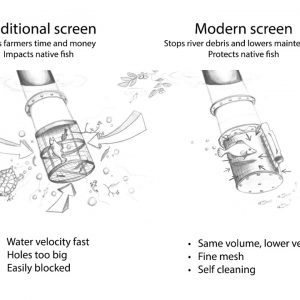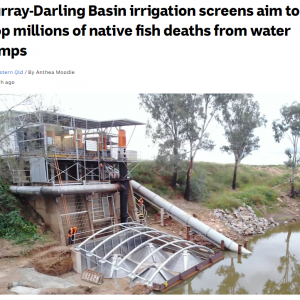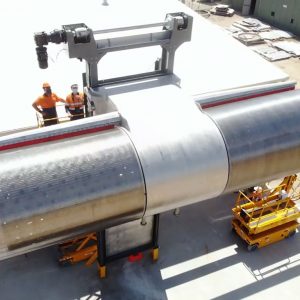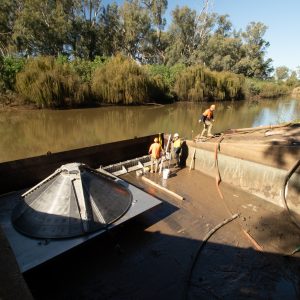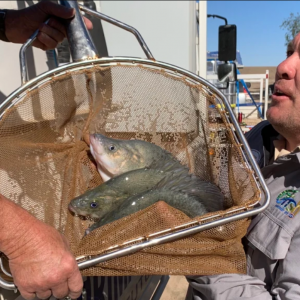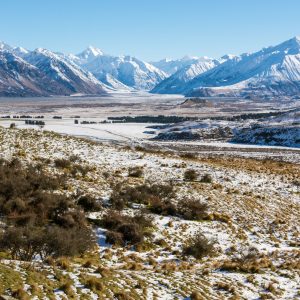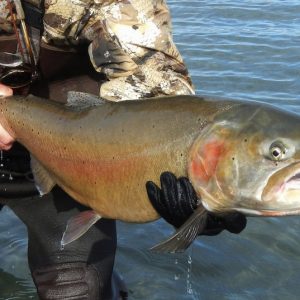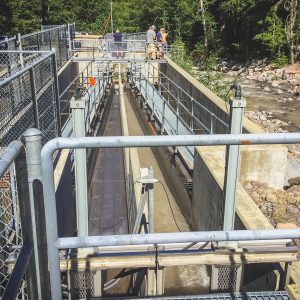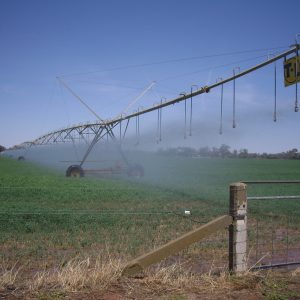HOOD RIVER, Ore. — The Farmers Conservation Alliance was born of destruction, or more precisely, destruction that inspired creativity.
Twenty years ago, rushing floodwaters uprooted trees, knocked out bridges and demolished irrigation equipment in Oregon’s Hood River Valley.
Faced with a clean slate, growers in the Farmers Irrigation District decided to rebuild a more efficient system than the one that had been washed away.
Clogged fish screens were a common problem at the old system’s irrigation diversions. Not only would someone frequently have to remove the debris, but the mechanical devices regularly needed repair.
“Any time you have moving parts, they just wear out,” said Dan Kleinsmith, a former project manager for the district.
Before the flood, the Farmers Irrigation District spent about $90,000 annually to operate and maintain its fish screens, which stop salmon, steelhead and other native fish species from swimming into irrigation lines and pipes while keeping them clear.
